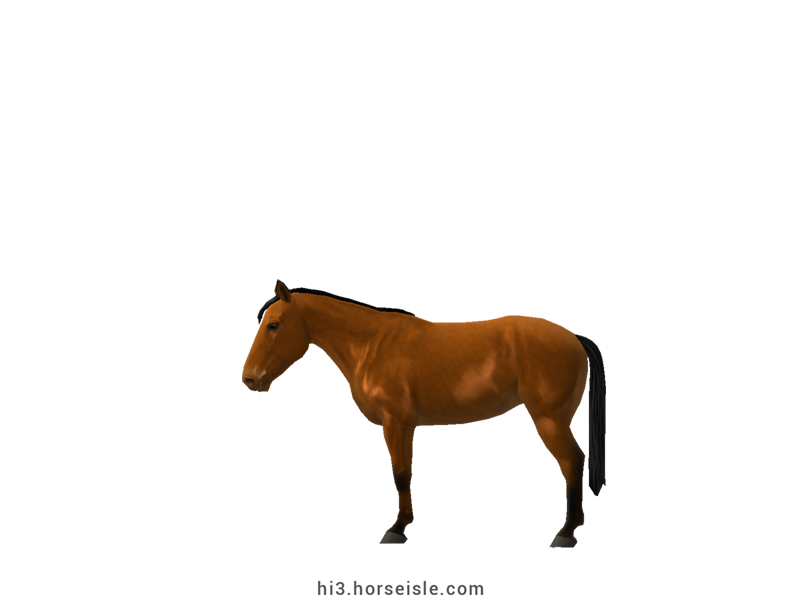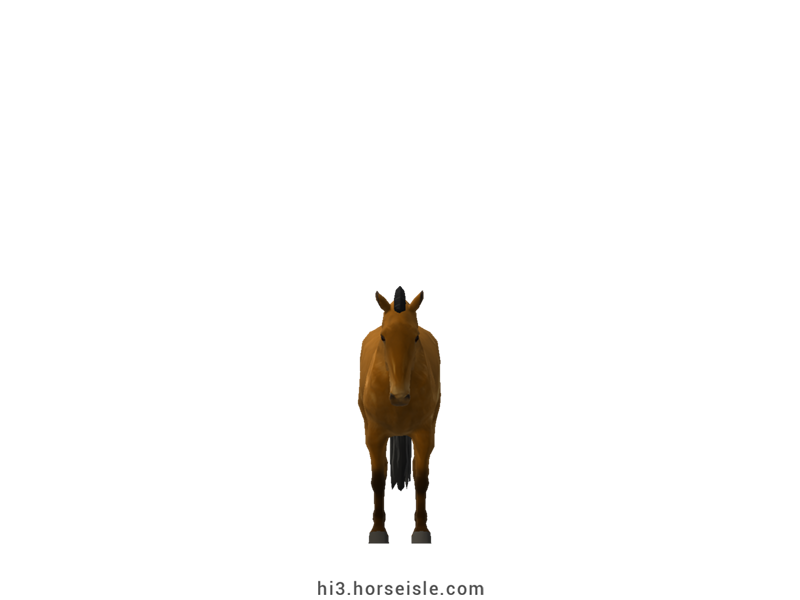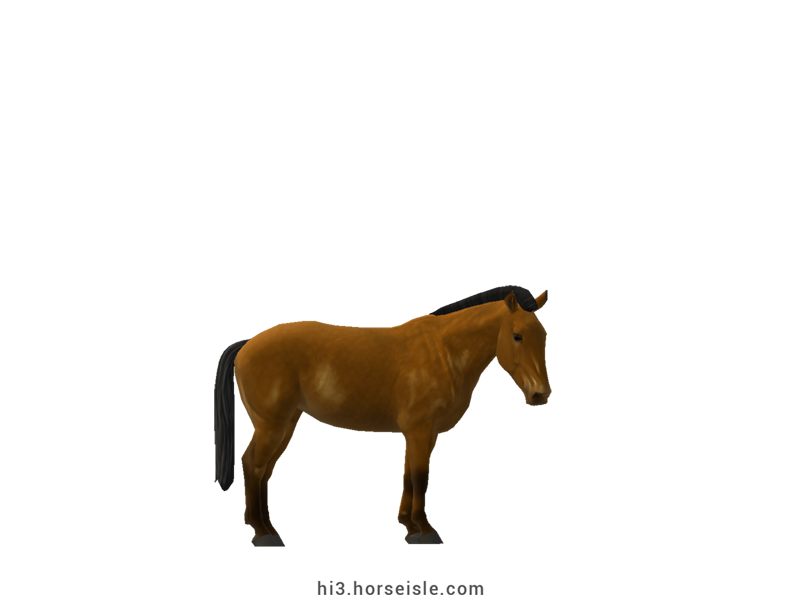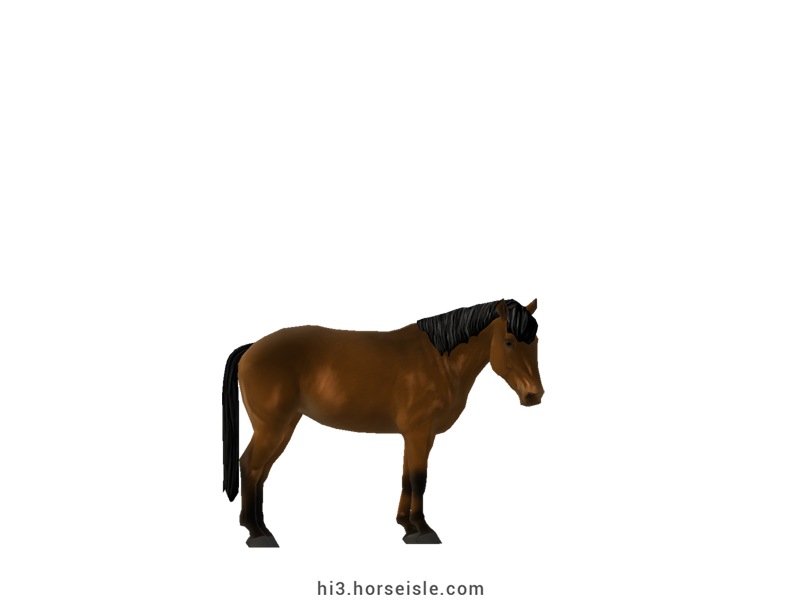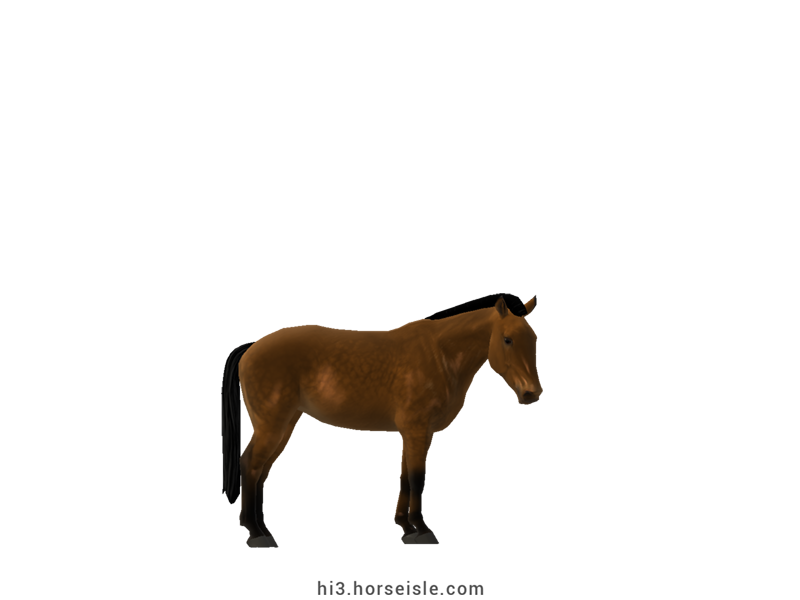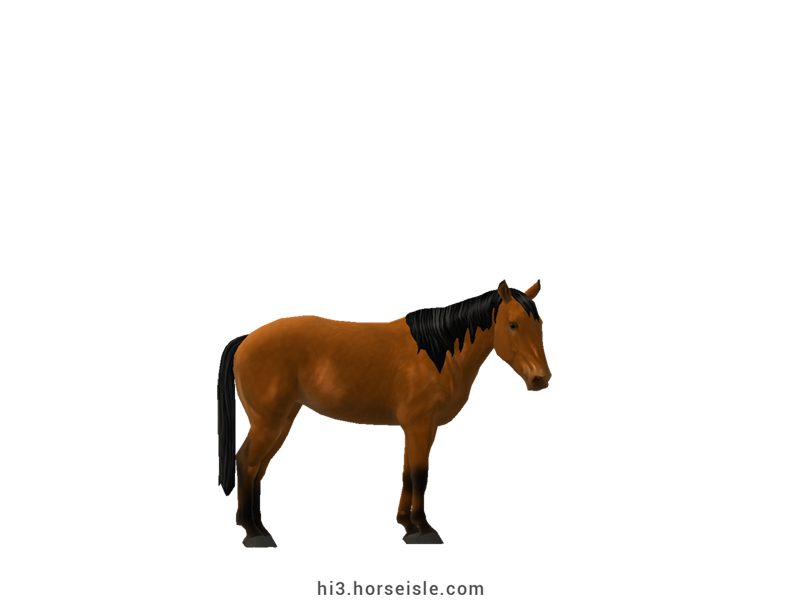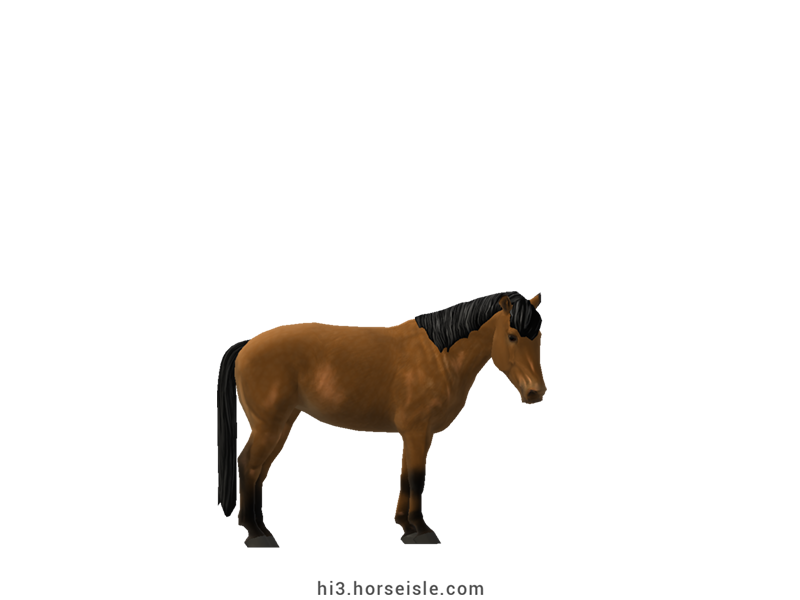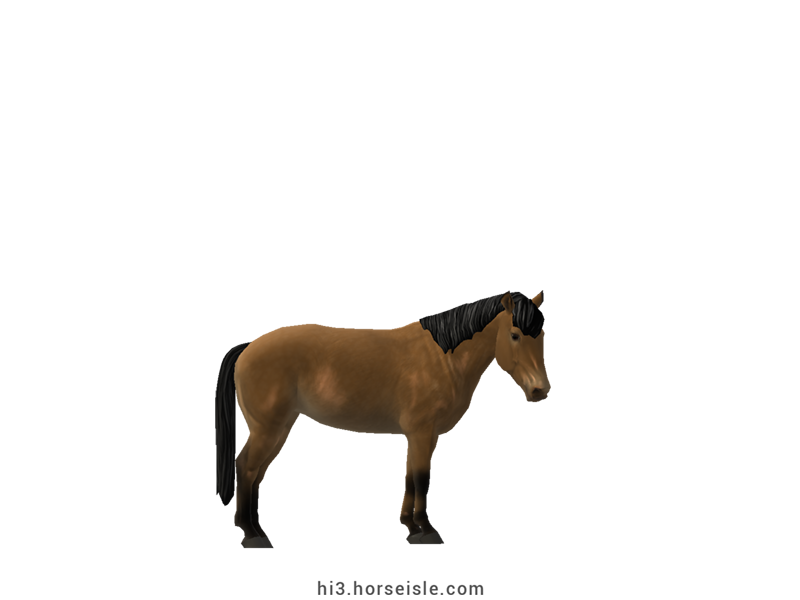Our Massive Real World Equine Reference!
[ INDEX ] Equine Type: Horse Breed: Yonaguni [ PREV ] [ NEXT ]
The Yonaguni - a small horse from a remote island:
Yonaguni is the westernmost island of Japan, located between the East China Sea and the Philippine Sea. It is unknown how horses ended up on that small island, but it is known that they inhabited it for centuries.
The horses of Yonaguni Island were small in stature, similar to all other native Japanese breeds at the time. Still, they became an integral part of the life on the island, serving as farm, pack, and riding animals.
Small horse, big luck:
During the second half of the 19th century, Emperor Meiji banned the breeding of small horses, in order to force Japanese breeders to focus on breeding large cavalry horses.
Luckily for the Yonaguni horse, Yonaguni Island was exempted due to its remoteness from Japan's mainland. While other Japanese breeds were brought to the brink of extinction because of the ban (see 'Noma' and 'Kiso'), the Yonaguni continued to thrive.
Running out of luck:
The Yonaguni ran out of luck during the 20th century, when the mechanization of agriculture and transportation rendered it redundant. In 1950, the Yonaguni Preservation Society was established, but the numbers of Yonaguni horses continued to remain low, with only several dozen horses left on the island by the end of the century.
The Yonaguni today:
Things started to change when Yonaguni Island further cemented its reputation as a place worth visiting. It became known for its tourist attractions, such as watching the last sunsets in Japan, diving with hammerhead sharks, and swimming with Yonaguni horses.
Today, there are a bit over 100 Yonaguni horses on Yonaguni Island, and they are all known for their friendly and cooperative personality. They serve as mounts for tourists who wish to travel the island or go on 'beach rides' where they can swim with the horses at sea along the shoreline.
Conformation:
Yonaguni horses have a large head with a straight profile and small ears, a short and slender neck, low withers, a straight back, a sloping croup, and a narrow body.
The mane can be coarse and thick, and is sometimes short and upright although it can also be bushy or medium in length. The forelock is sometimes full. The tail can grow long, and although it is often described as 'thick' it is actually thinner than seen in most other horse breeds.
Performance metrics:
The following are the: range, average, (SD), and MOE of performance metrics of ordered Yonaguni horses in Horse Isle (not bred ones). In rare cases,
Speed: 12.9-14.1, 13.4 (0.3), 0.05.
Sprint: 27-39, 33 (2), 0.48.
Accel: 0.79-0.98, 0.88 (0.04), 0.01.
Decel: 0.77-0.91, 0.83 (0.03), 0.01.
Jump: 4.65-4.94, 4.80 (0.06), 0.01.
Pull: 1.04-1.66, 1.36 (0.14), 0.03.
Turning: 39.06-55.90, 46.15 (2.88), 0.56.
Reverse: 2.1-2.7, 2.4 (0.1), 0.03.
Stamina: 44.52-49.56, 46.96 (1.09), 0.21.
Reaction: 0.69-0.80, 0.75 (0.02), 0.00.
Coats & Height:
Colors: most often bay, more rarely, dark bay ('brown') or chestnut. The coat is on the lighter side, and horses will be penalized if they have an overly dark coat.
Additionals: flaxen, moderate mealy, sooty, grey mane & tail*. No markings at all. The coat is always solid.
* Many Yonaguni horses have manes and tails that are mostly lighter than their body and have a tan shade to them. In Horse Isle, this particular type of 'dilution' doesn't exist, but Yonaguni can have lighter manes and tails that have a greyish tone to them.
Height: 10.3hh* to 12hh.
* note that only horses who are 12hh or higher are rideable in Horse Isle.
[ INDEX ] [ PREV ] [ NEXT ]

